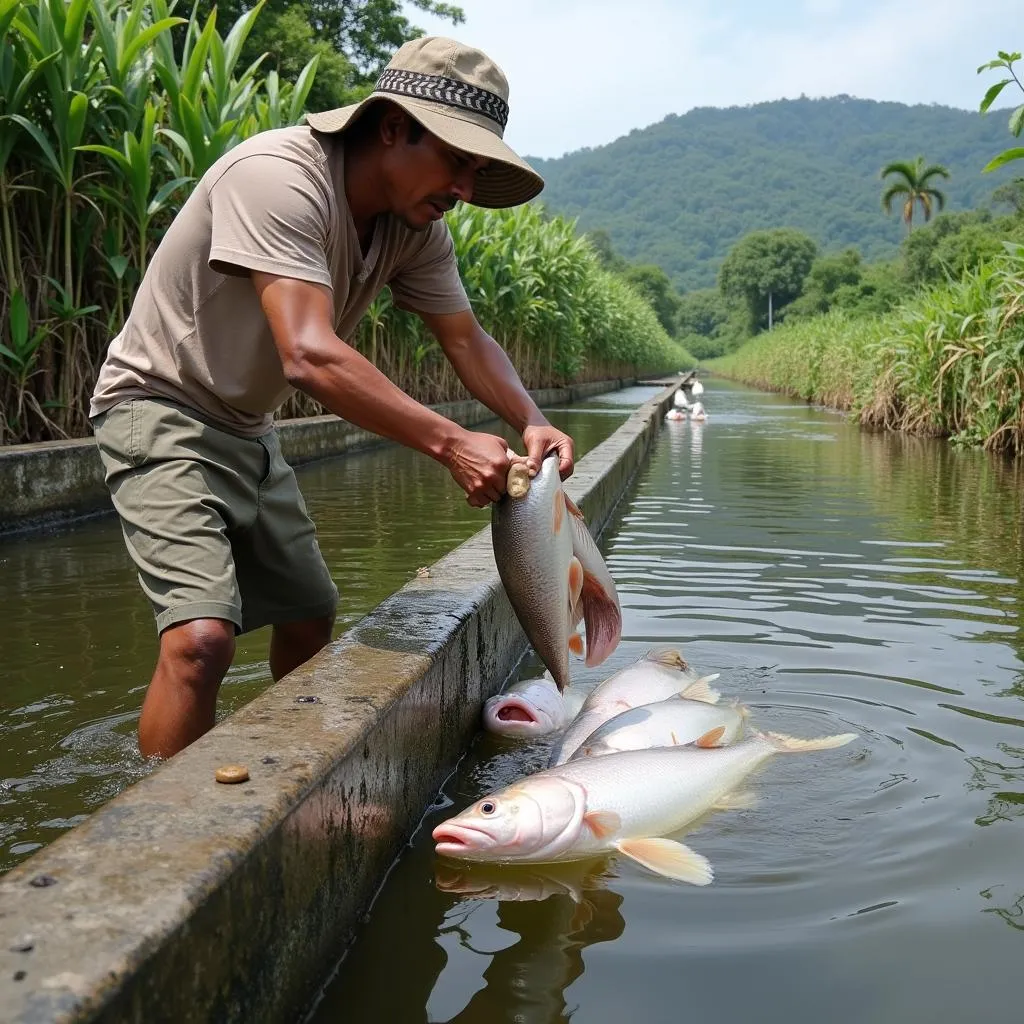African Hito Farming in the Philippines: A Growing Industry
African hito, also known as African catfish, is a popular fish species that has been introduced to various parts of the world, including the Philippines. Its fast growth rate, adaptability, and delicious taste have made it a lucrative choice for farmers. In this article, we’ll explore the fascinating world of African hito farming in the Philippines, delving into its origins, farming practices, and its impact on the local economy.
The Rise of African Hito Farming in the Philippines
The introduction of African hito to the Philippines can be traced back to the late 1970s, when the Bureau of Fisheries and Aquatic Resources (BFAR) began promoting its cultivation as an alternative to traditional fish species. Its hardy nature, tolerance to various water conditions, and ability to thrive in both freshwater and brackish water environments made it a suitable option for the country’s diverse water resources.
The Advantages of African Hito Farming
African hito farming offers several advantages to Filipino farmers:
- Fast growth rate: Hito grows rapidly, reaching market size within 6-8 months, allowing farmers to quickly generate income.
- Adaptability: They can be raised in various water bodies, including ponds, cages, and even tanks, making them a versatile option for farmers.
- High feed conversion ratio: Hito efficiently converts feed into body mass, resulting in higher yields and lower feed costs for farmers.
- Disease resistance: Hito is relatively resistant to common fish diseases, reducing the risk of losses for farmers.
Common Farming Practices
Hito farming in the Philippines typically involves the following steps:
- Pond preparation: The pond is cleaned, disinfected, and filled with water.
- Stocking: Fingerlings (young fish) are stocked into the pond.
- Feeding: Hito are fed a balanced diet of commercial fish feed.
- Water management: Water quality is monitored regularly and adjusted to maintain optimal conditions for fish growth.
- Harvesting: Once the fish reach market size, they are harvested using nets or other appropriate methods.
Economic Impact
African hito farming has significantly contributed to the Philippine economy by:
- Generating income: The industry provides employment opportunities for farmers, processors, and distributors.
- Boosting food security: Hito is a readily available source of protein for Filipino families.
- Promoting rural development: The industry has helped to improve the livelihoods of rural communities.
The Future of African Hito Farming
The future of African hito farming in the Philippines looks promising, with continued government support and growing consumer demand. Farmers are constantly exploring innovative technologies and techniques to optimize production and increase profitability.
Frequently Asked Questions
1. How much does it cost to start an African hito farm in the Philippines?
The cost of starting an African hito farm in the Philippines depends on the size of the farm, the type of infrastructure used, and the cost of feed and other supplies.
2. What are the challenges faced by African hito farmers in the Philippines?
Farmers face challenges such as water pollution, disease outbreaks, and fluctuations in market prices.
3. How can I learn more about African hito farming in the Philippines?
You can contact the BFAR or other agricultural organizations for training programs and resources.
“African hito farming is a thriving industry in the Philippines, contributing to the country’s food security and economic growth,” says Dr. Maria Reyes, a renowned fisheries expert. “With continued innovation and support, the industry is poised for further development in the years to come.”
 Hito farming in the Philippines
Hito farming in the Philippines
African hito farming is a vital sector in the Philippines, offering a sustainable and lucrative opportunity for entrepreneurs and farmers. Its economic and social benefits make it a key contributor to the country’s development.



